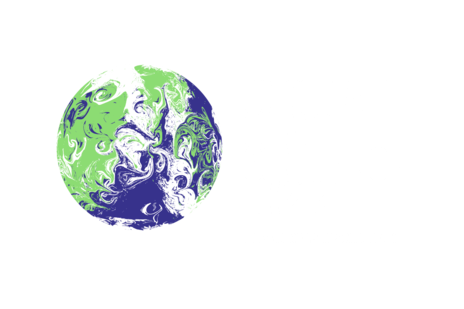Global warming is a phenomena that sees more hot days and heat waves, where wild fires start easily, survival of species is threatened and life is endangered as a whole. Deserts continue to expand and water scarcity is common
With global warming, the ocean soaks up most of the heat, which melts ice sheets and raises sea levels, this is detrimental to coastal and island communities. The CO2 absorbed by the oceans makes it more acidic which endangers marine life.
Changes in temperature also instigate severe storms which causes flooding and landslides, destroying homes and communities, costing billions of dollars.
Changing weather patterns expand diseases and increase hunger and poor nutrition in places where people cannot grow or find sufficient food.
Last but not the least, climate change increases the factors that put and keep people in poverty. Weather-related disasters displace 23 million people a year, leaving many more vulnerable to poverty, which can trigger unrest and mass human migration.
Why Net Zero?
To keep the temperature of the planet under control – limiting its increase to 1.5 degrees – the science dictates that by the second half of the century, we should be producing less carbon than we take out of the atmosphere. This is what reaching ‘net zero’ means.
At 2 degrees of global warming, there would be widespread and severe impacts on people and nature.
A third of the world’s population would be regularly exposed to severe heat, leading to health problems and more heat-related deaths. Almost all warm water coral reefs would be destroyed, and the Arctic sea ice would melt entirely at least one summer per decade, with devastating impacts on the wildlife and communities they support.
At 1.5°C, the impacts would be serious, but less severe. and that is why keeping the prospect of holding temperature rises to 1.5 degrees alive is very important.
The Cop 26 goals
The COP26 summit would bring parties together to accelerate action towards the goals of the Paris Agreement and the UN Framework Convention on Climate Change.
The goals are to:
- Secure global net zero by mid-century and keep 1.5 degrees within reach
- Adapt to protect communities and natural habitats
- Mobilize finance
- Work together to deliver
The Paris Agreement was agreed at COP21 in 2015. It saw almost every country around the world enter into a legally binding commitment to reduce emissions.
As part of the Paris Agreement, every country agreed to communicate or update their emissions reduction targets – their Nationally Determined Contribution (NDC) – every five years to reflect their highest possible ambition and a progression over time. These targets set out how far countries plan to reduce emissions across their entire economy and/or in specific sectors.
Fashion’s role in Cop 26
According to the analysis by the Global Fashion Fund and McKinsey it has been found that 4% of the Global Green house gas, where over 70% of emissions are attributed to energy-intensive materials processing, and the remaining 30% are generated by activities such as transport, packaging, retail operations, usage, and end-of-use.
High-demand growth for fashion of up to 63% is anticipated over the next 10 years in some emerging markets. This follows the trajectory of the past 15 years, where global production of clothing doubled despite garment utilization dropping by 36%. Under its current trajectory, the fashion industry will miss the 1.5°C pathway by 50%.
To support fashion’s dedication to net zero and under the auspices of UN Climate Change, fashion stakeholders worked during 2018 to identify ways in which the broader textile, clothing and fashion industry can move towards an holistic commitment to climate action. They created the Fashion Industry Charter for Climate Action which contains the vision to achieve net-zero emissions by 2050.
Race to Zero and Fashion Activism
The UNFCC launched a global campaign ‘Race To Zero’ Led by the High-Level Climate Champions for Climate Action – Nigel Topping and Gonzalo Muñoz to rally leadership and support from businesses, cities, regions, investors for a healthy, resilient, zero carbon recovery that prevents future threats, creates decent jobs, and unlocks inclusive, sustainable growth.
As a Fashion designer, I am proud contribute towards the United Nations Frame work on Climate Change ‘Race to Zero’ Echoes of the Future– A digital art exhibition in partnership with art activism platform.
The digital art exhibition by UN Climate Champions was launched by convening a group of artists, representing a range of disciplines, to open up the conversation on climate and help make it accessible to everyone.
By using Fashion to create the momentum for change, I am sure to make a difference by engaging communities to champion for climate justice, take climate action and work towards net zero while creating hope for all.
References:
UN Climate Change
UNFCC Race to Zero
Cop 26 Glasgow
UNFCC Fashion Charter



